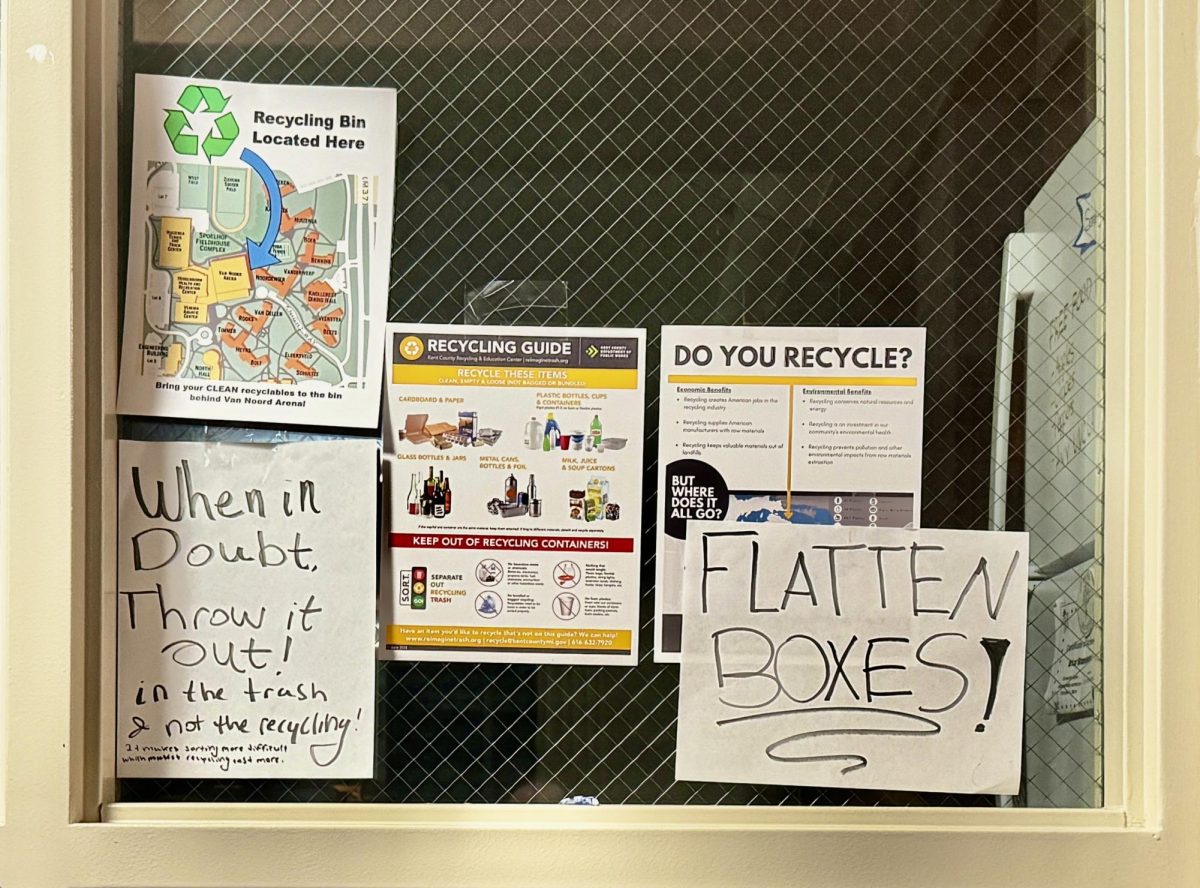Most people picture an inert ball of colored gas when they think about Jupiter. This ball is separated into orange, brown and white stripes, with the notorious red spot looming large over the southern hemisphere. Today, I want to share what it is that makes Jupiter so much more than just an oversized gaseous Christmas ornament. Jupiter is a system—dynamic, powerful and beautiful.
There are so many amazing things to write about Jupiter. However, in my opinion, nothing gives one a better idea of Jupiter’s majesty than its magnetosphere. Jupiter’s magnetosphere is basically its sphere of magnetic influence. Like Earth, Jupiter has a magnetic field. Also like Earth, this magnetic field is generated by electrically conductive fluids swirling around on the inside due to the planet’s rotation (a magnetic dynamo, as scientists call it). Unlike Earth, Jupiter’s conductive fluid is liquid hydrogen instead of liquid iron. Inside Jupiter, the pressures are so high — millions of times our atmospheric pressure — that hydrogen atoms are packed close enough that electrons can jump easily from one to the next, resulting in liquid metallic hydrogen. The result is a dynamo effect approximately 20,000 times stronger than Earth’s. The resulting magnetosphere is so vast that it would cover an area of the sky 16 full moons across if it were visible.
Some of Jupiter’s moons actually reside within its magnetosphere and interact with it in bizarre ways. Io, the closest moon to Jupiter, is the most volcanically active body in the solar system. It orbits Jupiter within a ring of ions called the Io torus, which is fed by ions knocked out of Io’s volcanic plumes. In fact, Io donates about a ton of material to Jupiter’s magnetosphere every second. As Jupiter spins, its magnetic field sweeps through Io, generating hundreds of thousands of volts and causing five million amperes of electric current to course through the moon. The end result is an enormous oval of electric current connecting Jupiter to Io. Think about this: across hundreds of thousands of miles of seemingly empty space runs an electric current between Io and Jupiter. Jupiter actually enjoys this relationship with all four of its main moons.
This is just a rough overview of one aspect of Jupiter. There is so much more we can learn about Jupiter: its moons, its history, the list goes on. While there is not nearly enough room in one article to talk about all of it, I hope you have gained a deeper appreciation for the majesty of this planet. Even it’s moons are worlds in their own right.
If you are interested in seeing Jupiter for yourself, I invite you to come visit the observatory. Calvin’s observatory is open Monday through Thursday from 7:30 p.m. to 11 p.m. if it’s clear. If you come on a Tuesday, you can hear me lecture even more about how amazing Jupiter really is. Jupiter currently rises at around 8:30 p.m. and is rising earlier as the days progress. If you are interested in Jupiter but are too lazy to come to the observatory, follow the developments of the Juno spacecraft, which is scheduled to arrive at Jupiter in July.








